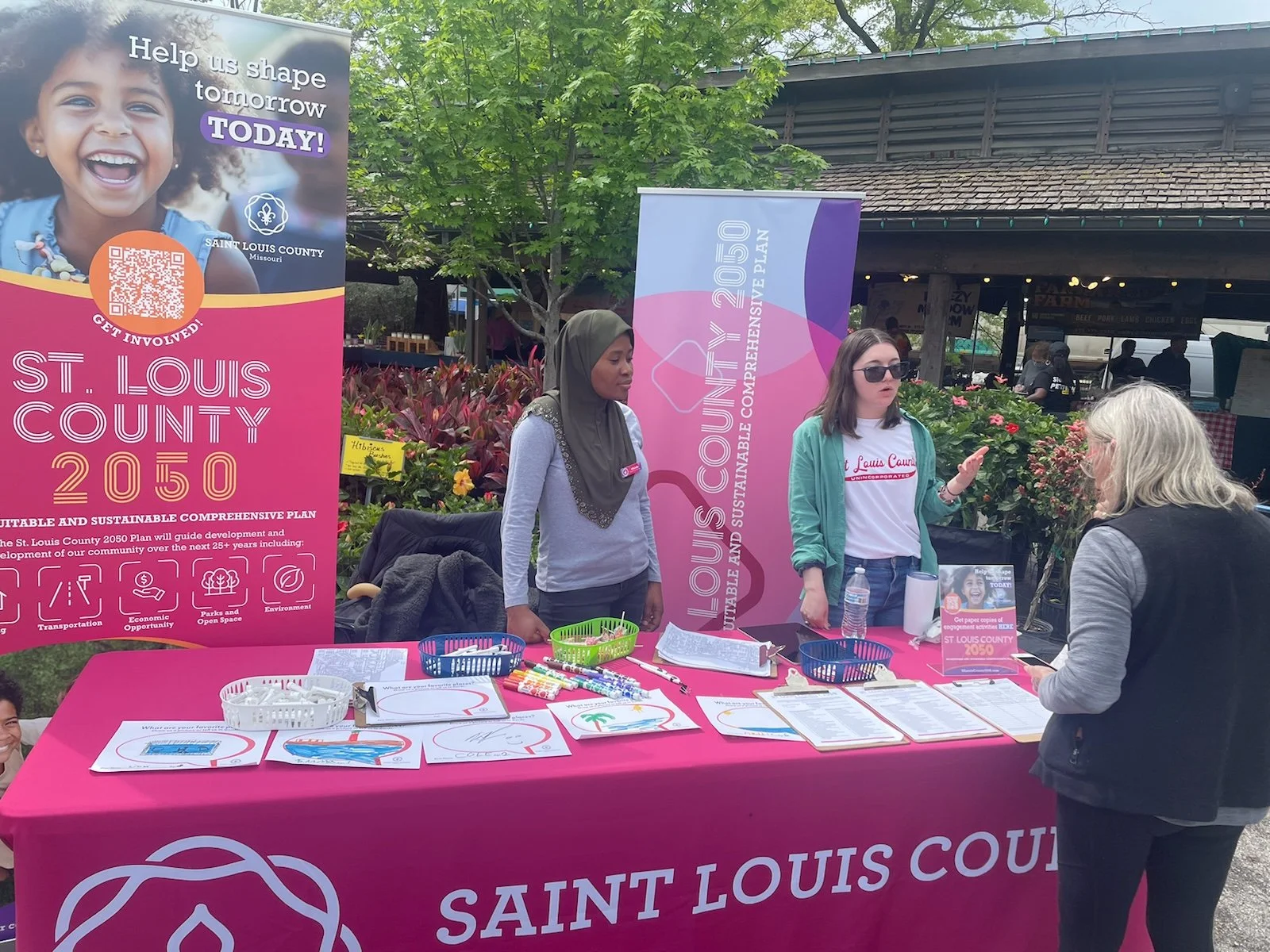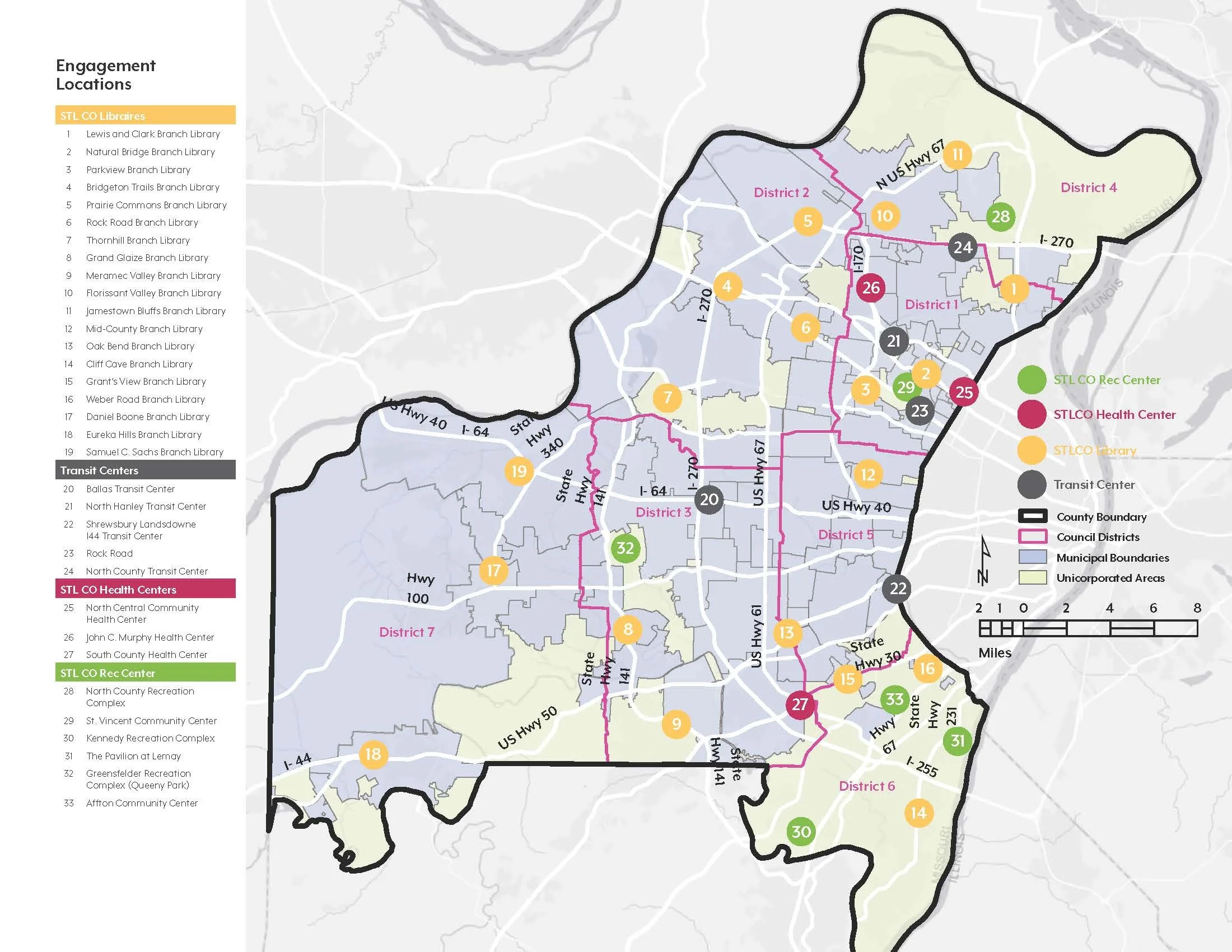
Community Outreach
Overview
The team collected feedback from the general public using a “go to them” approach throughout the Summer of 2024. This included leveraging existing events and community organization meetings that residents may already be attending. This alleviates some of the pressure associated with attending public meetings.
Similar to the statistically valid survey administered through the mail, the project team offered a shorter community survey at events that allowed participants to rank the County's top strengths and weaknesses from a standardized list. Over 500 residents took this community survey, offering responses that aligned with overall community input gathered through the public engagement process.
Community Engagement
The project team facilitated over 130 in-person engagement opportunities, and a further 27 virtual meetings. By tracking participation throughout the process, the project team was able to adjust engagement plans to reach missing groups and geographies. Through surveying, engagement stations, tabling at existing community events, presenting to organizations, interviewing subject matter experts, and facilitating focus groups and listening sessions, and more, this approach supported the Plan’s reach across County Council Districts and targeted conversations relevant to the planning process.
Engagement Stations
As part of the STLCO 2050 Comprehensive Plan public engagement process, we partnered with key community-facing institutions to expand our reach and encourage broad, equitable participation. These partnerships enabled us to engage people where they are—in their everyday spaces—and gather meaningful input about the future of St. Louis County. Central to this strategy was the creation of Engagement Stations—localized touchpoints for residents to learn about the plan, provide input, and engage on their own terms.
We worked closely with a variety of trusted local organizations to host engagement stations, including:
Metro Transit: We reached public transit-dependent populations, facilitating on-the-go engagement during daily commutes.
St. Louis County Health Centers: Engagement at clinics helped us connect with residents accessing health services, including seniors, low-income families, and individuals in marginalized communities.
St. Louis County Recreation Centers: Rec centers provided access to families, youth, and active adults in high-traffic community gathering places.
St. Louis County Library Branches: Libraries offered access to families, students, and community members of all ages. Staff here were also trained to facilitate paper survey participation as well as the interactive QR codes.
Engagement Stations proved to be an effective strategy that raised awareness and made participation more accessible to residents across the St. Louis County with a focus on those in unincorporated areas.
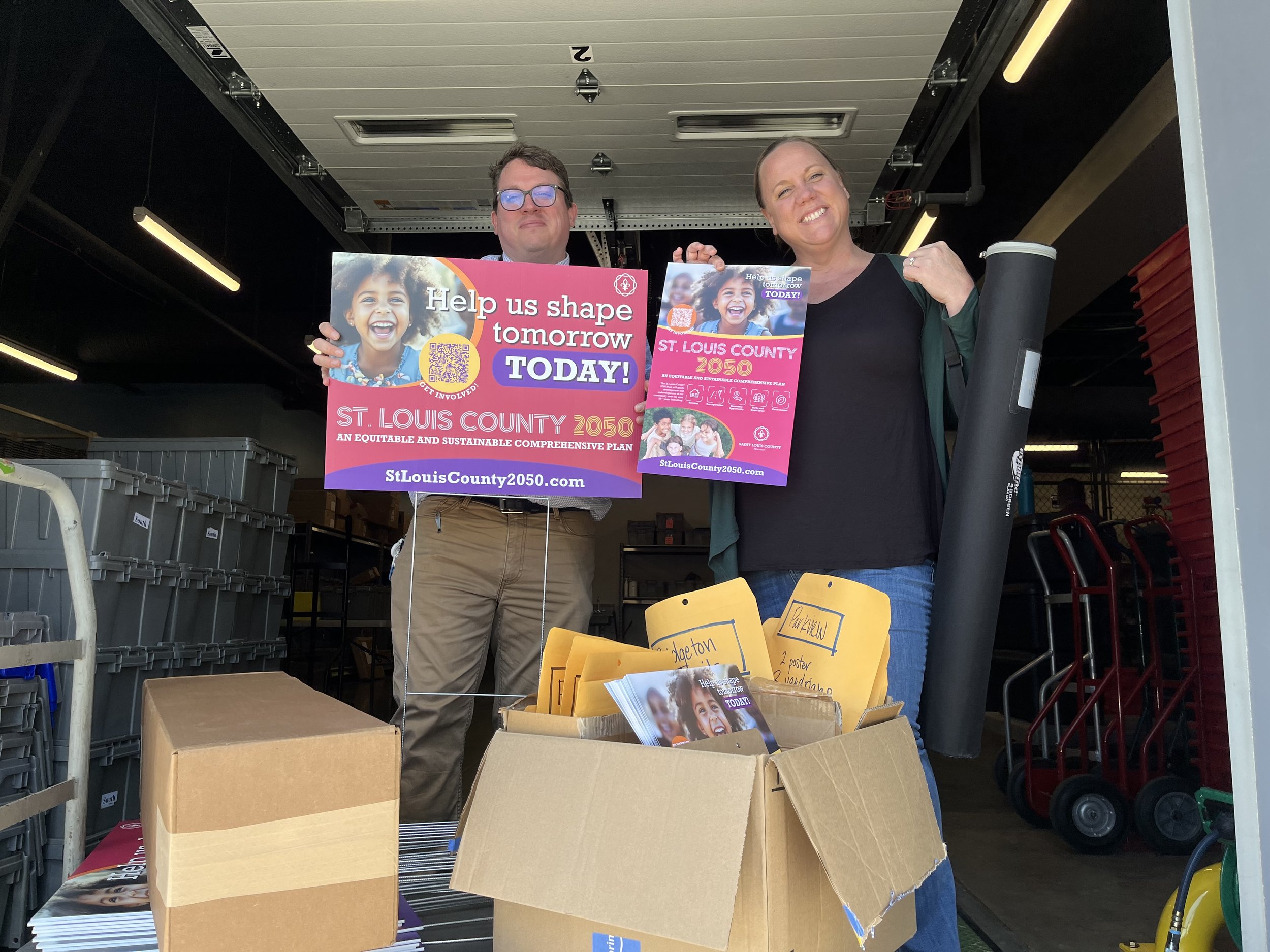
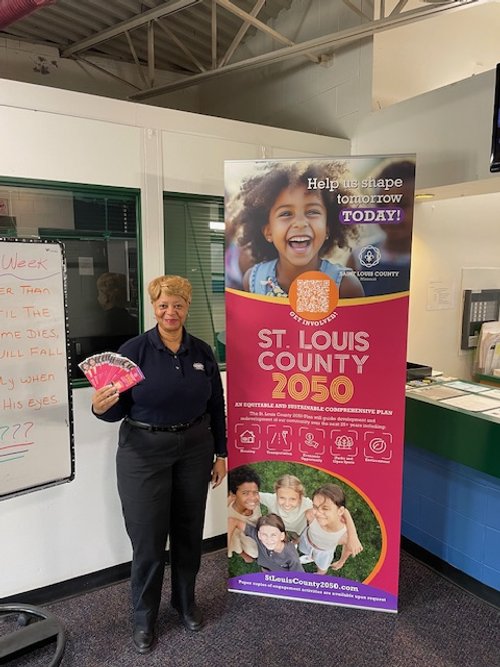
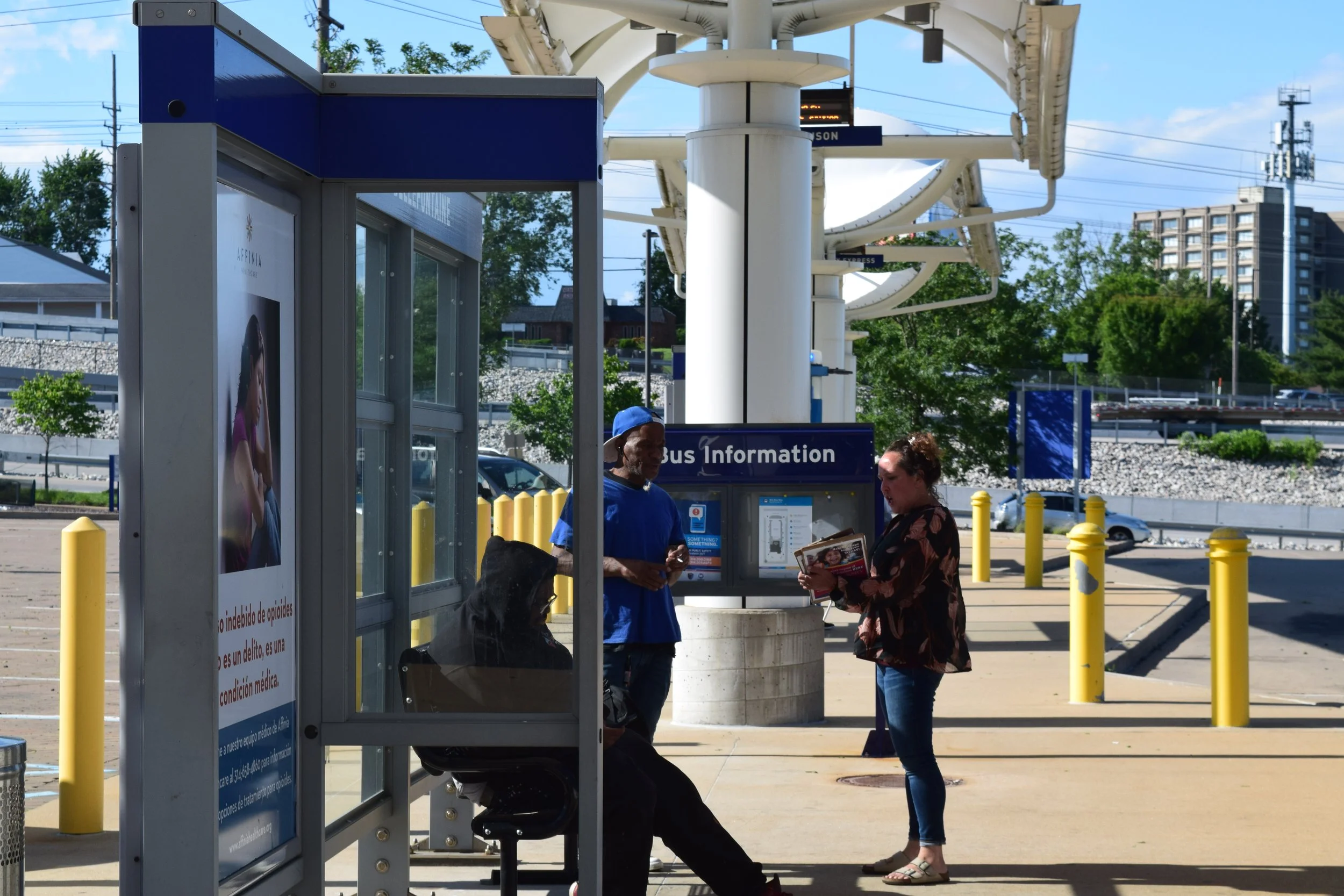
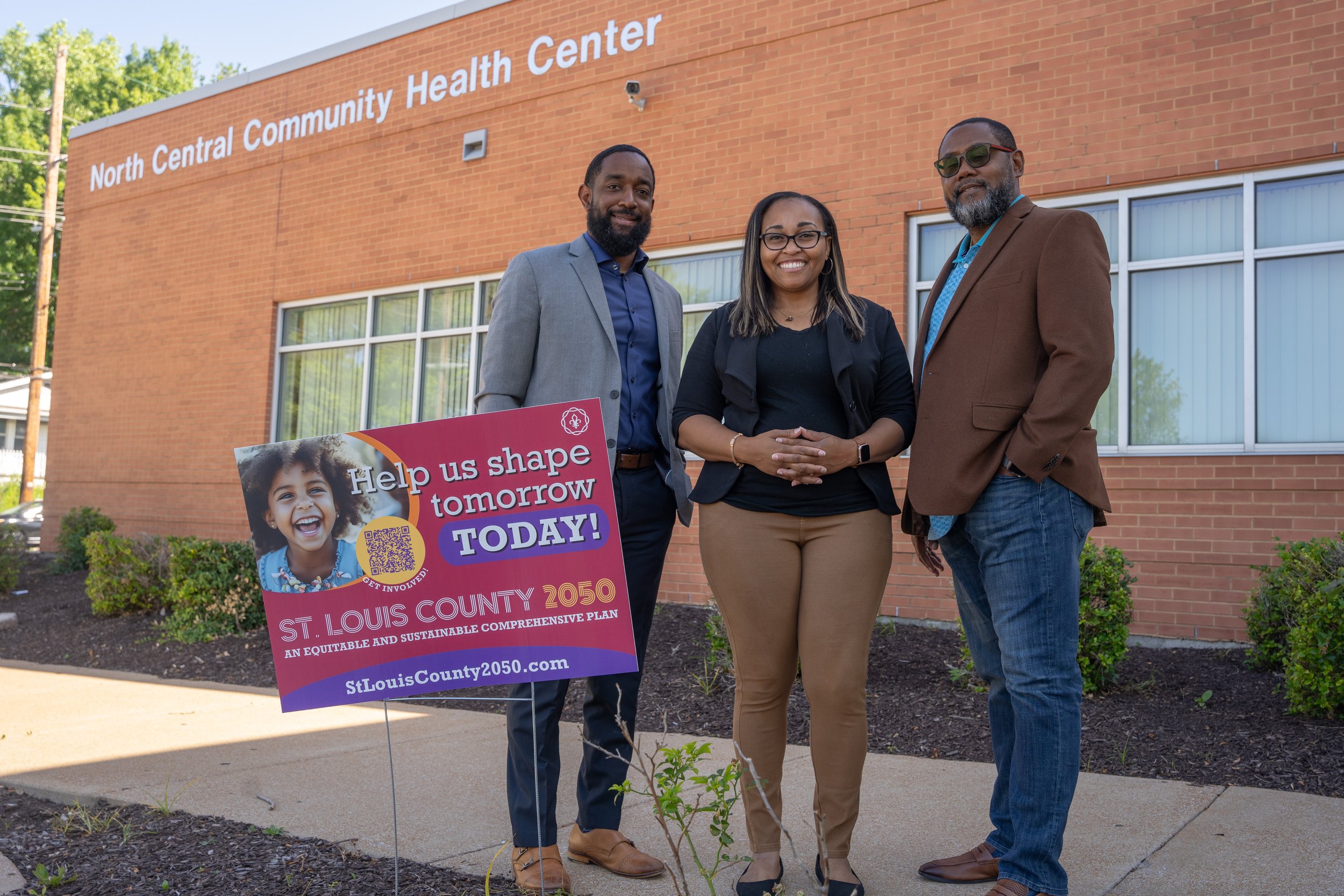
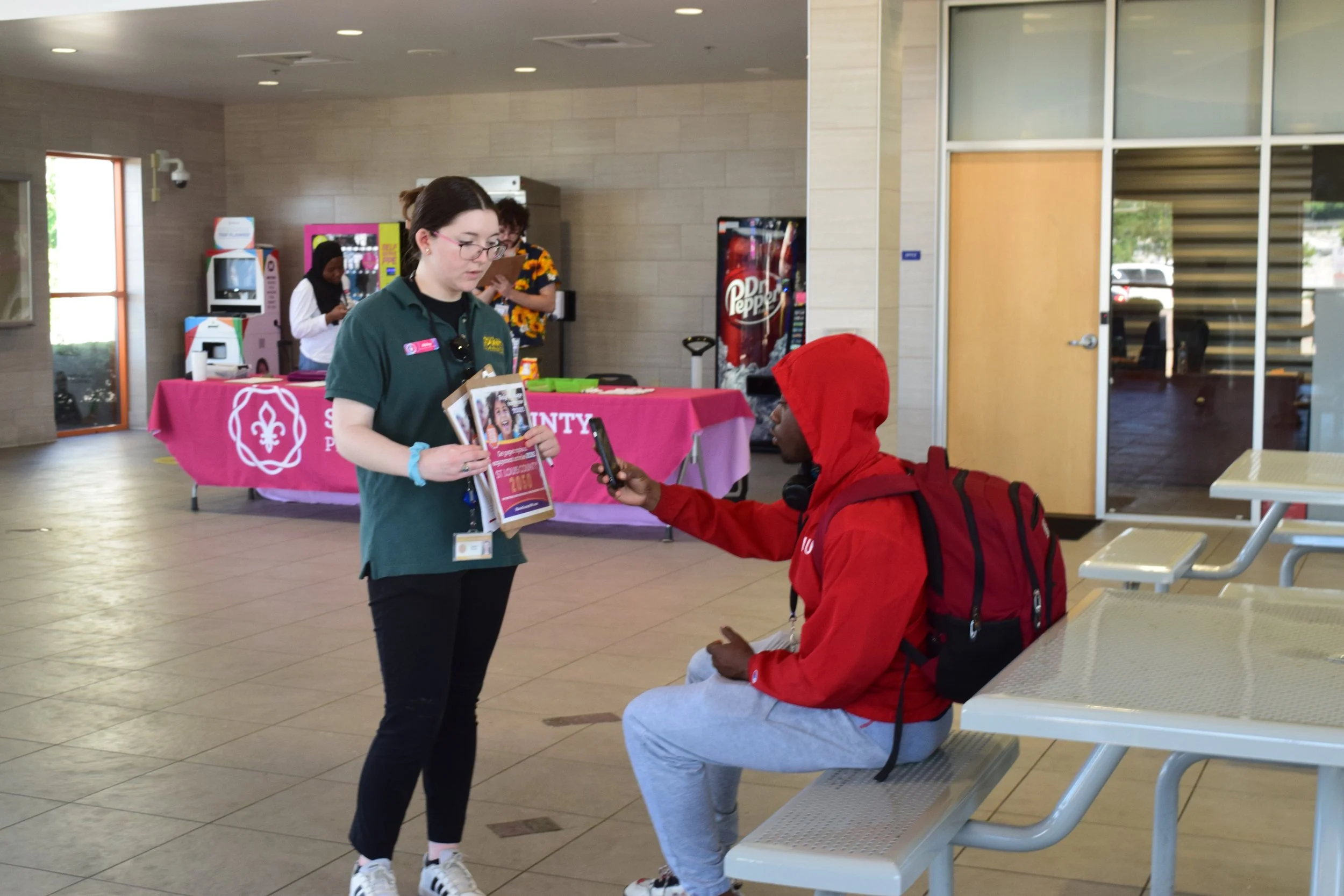
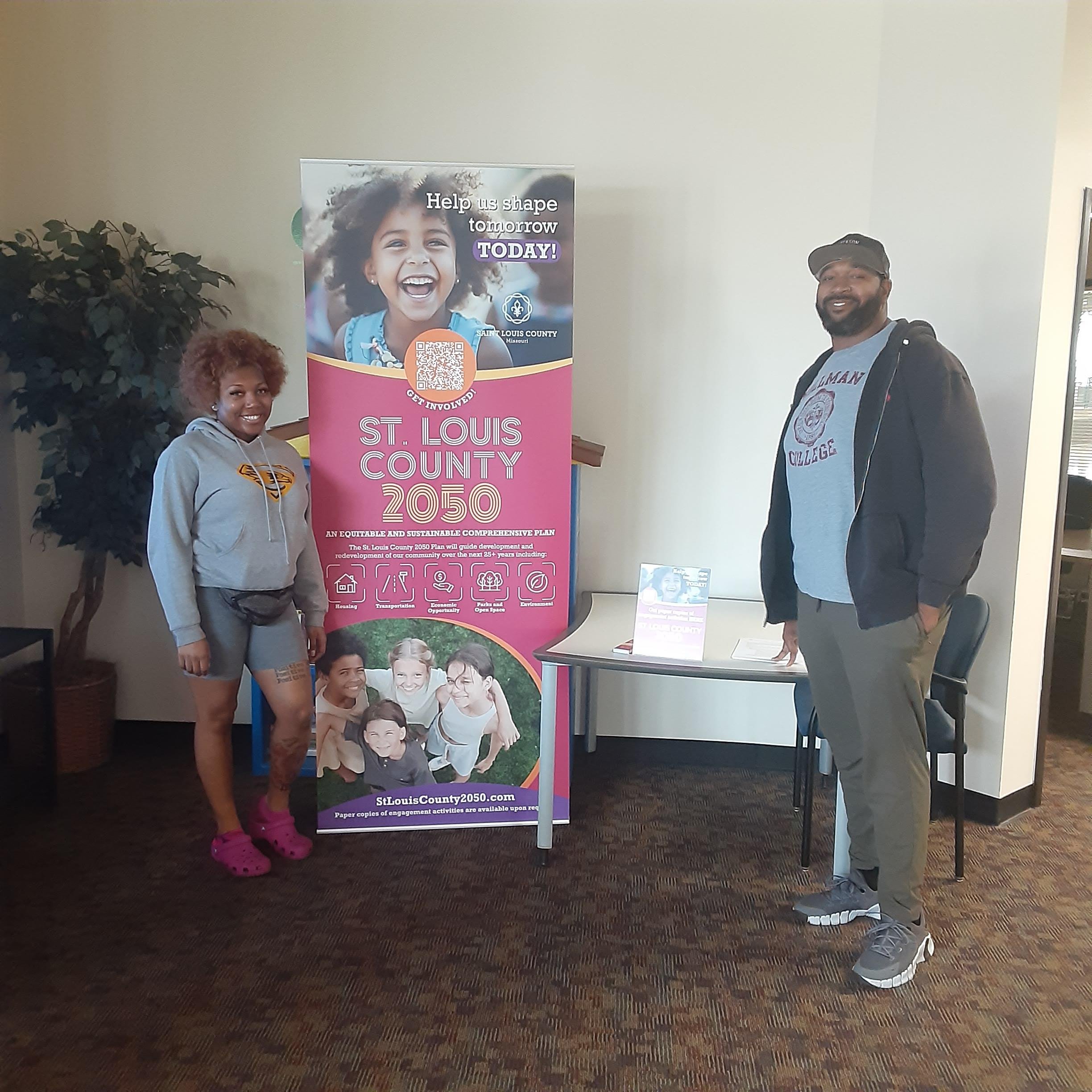

Draw Your Favorite Place
Another feedback collection mechanism that the team offered at these events was a "Draw Your Favorite Place" activity. This was popular amongst kids and young adults, and provides a very helpful glimpse into the activities and land uses that the younger population, who are often underrepresented in surveying and other methods of getting feedback from residents. See some highlights below! Don't see your (or your child's) drawing? We were so lucky to have received almost 200 drawings, and rest assured we have admired the artwork of every single one

